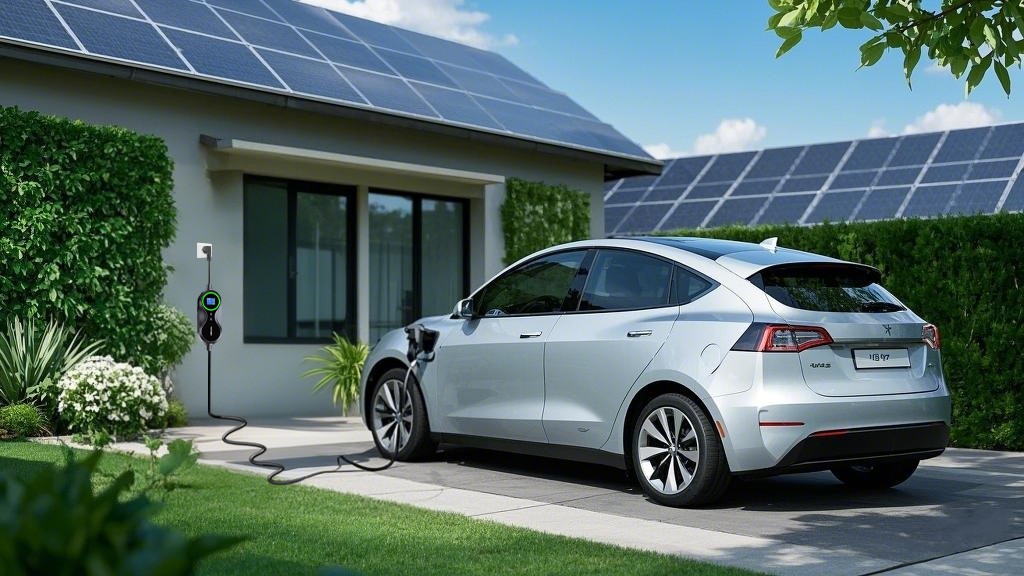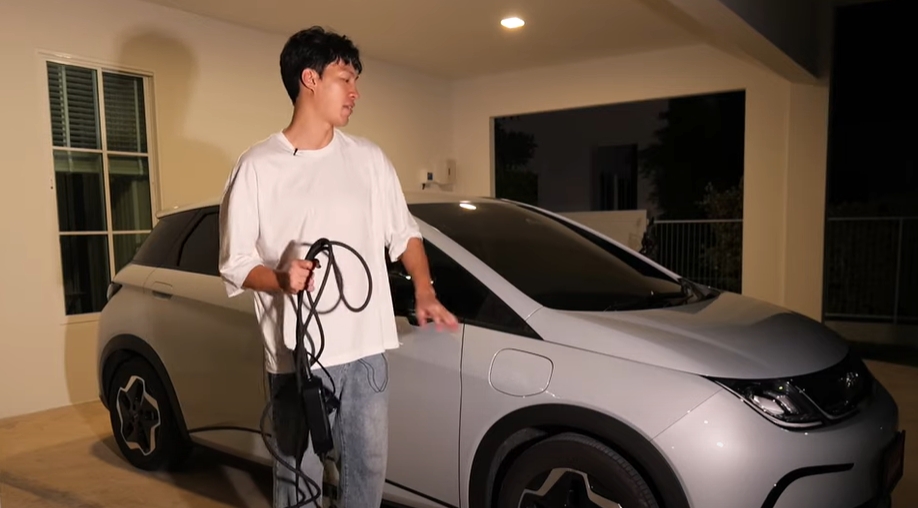Chevrolet Bolt EV Charging in Brazil: The Complete Guide (2025)
The Chevrolet Bolt EV remains one of Brazil's most affordable and practical electric vehicles, with a 65 kWh battery and 416km (EPA) range. But how does charging work in Brazil's unique energy landscape? Here’s everything Bolt EV owners need to know about charging speeds, compatibility, and best practices.
1. Charger Types & Compatibility in Brazil
1.1 Included Charger (Standard Equipment)
- Type: Chevrolet Dual-Level Charge Cord (SAE J1772 connector)
- Voltage Support: 110V & 220V (common in Brazilian households)
- Charging Modes:
- Level 1 (110V): ~6 km/h (0-100% in ~60 hours – emergency use only)
- Level 2 (220V): ~40 km/h (0-100% in ~10 hours)
- Cable Length: 7.6 meters (long enough for most parking setups)
1.2 Recommended Home Charger (Optional Upgrade)
- Chevrolet’s 7.2kW Wall Charger:
- 0-100% in ~7.5 hours (ideal for overnight charging)
- Type: SAE J1772 (Brazil’s standard for AC charging)
- Installation: Requires a 40A circuit (professional setup recommended)
1.3 Public & Fast Charging (CCS1 Standard)
⚠ Important Note: Unlike newer EVs in Brazil (which use CCS2), the Bolt EV uses CCS1, limiting some public charging options.
- Supported Chargers:
- 50kW DC Fast Chargers (20-80% in ~45 minutes)
- Some older 22kW AC stations (but most new Brazilian chargers skip CCS1)
- Max Charging Speed: 55 kW DC (slower than newer EVs like BYD Yuan Plus)
2. Real-World Charging Times in Brazil
2.1 Home Charging (220V)
|
Charger Type |
0-100% Time |
20-80% Time |
|---|---|---|
|
Included 3.6kW Charger |
10 hours |
6 hours |
|
7.2kW Wall Charger |
7.5 hours |
4.5 hours |
2.2 DC Fast Charging (Public Stations)
- 20% → 80%: ~45 minutes (at 50kW)
- 10% → 100%: ~1h 15min (slows significantly after 80%)
⚠ Brazil-Specific Challenges:
- Fewer CCS1 chargers available (most new stations are CCS2)
- Heat impact: In hot regions (e.g., Northeast Brazil), charging may slow by 10-15% due to battery cooling
3. Charging Tips for Brazilian Bolt EV Owners
3.1 Maximizing Battery Life
🔋 Daily Charging Habits:
- Avoid frequent DC fast charging (increases battery wear)
- Keep charge between 20%-80% for daily use (100% only for trips)
🌡️ Climate Considerations:
- Pre-cool the cabin while plugged in (reduces battery drain)
- Park in shade before fast charging (helps maintain speed)
3.2 Public Charging in Brazil
- Use Apps Like "PlugShare" or "Electromaps" to find CCS1-compatible stations
- Check for Adapters (some stations offer CCS1-to-CCS2 cables)
- Avoid Peak Hours (some Brazilian networks charge higher rates midday)
4. How It Compares to Other Chevrolet EVs in Brazil
|
Model |
Max AC Charging |
Max DC Charging |
20-80% DC Time |
|---|---|---|---|
|
Bolt EV |
7.2kW |
55kW |
45min |
|
Equinox EV |
11.5kW |
150kW |
30min |
|
Silverado EV |
19.2kW |
350kW |
25min |
🔹 Key Differences:
- Bolt EV is slower than newer Chevrolet EVs (Equinox/Silverado)
- CCS1 limits public charging options (newer Chevys use CCS2)
5. Future of Bolt EV Charging in Brazil
🔌 Possible Upgrades:
- CCS1-to-CCS2 adapters (if approved by Chevrolet)
- More 50kW CCS1 stations in major cities (still lagging behind CCS2)
⚡ GM’s Ultium Platform:
- Future Chevrolets (like Equinox EV) will use faster CCS2 charging
Final Tips for Bolt EV Owners in Brazil
✅ Install a 7.2kW home charger for faster overnight charging
✅ Plan trips around CCS1 stations (avoid relying solely on fast chargers)
✅ Use the myChevrolet App to monitor battery health and charging history
Last Updated on May 29, 2025 by tayniu



